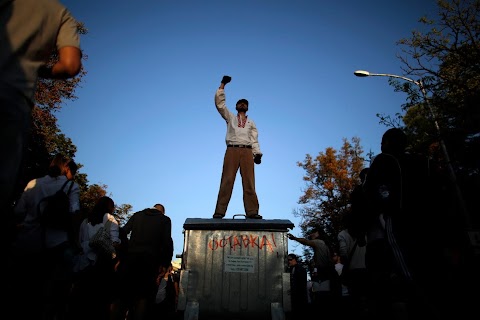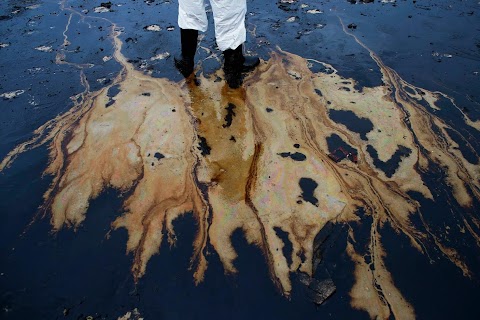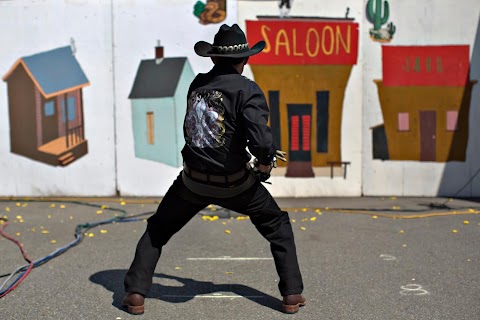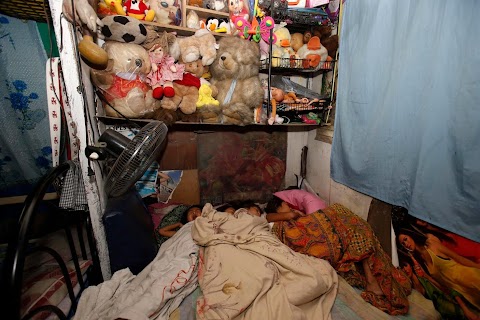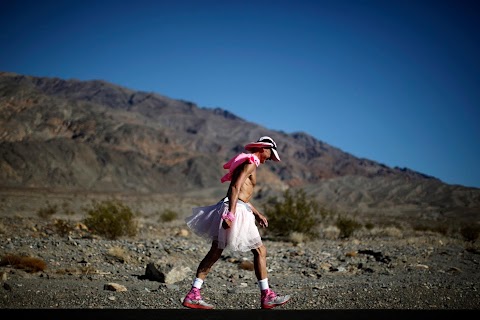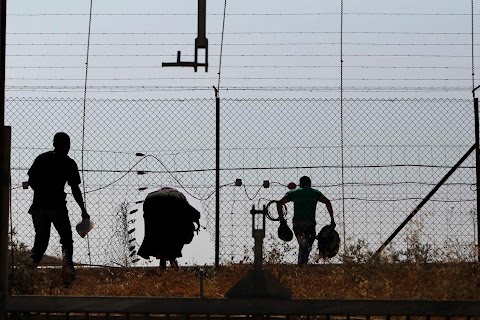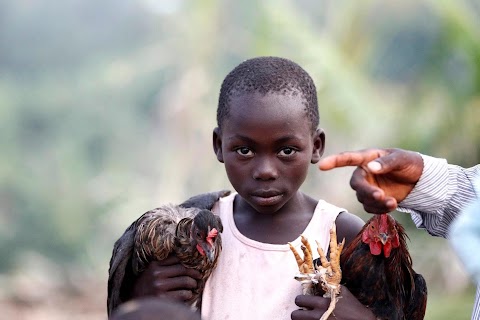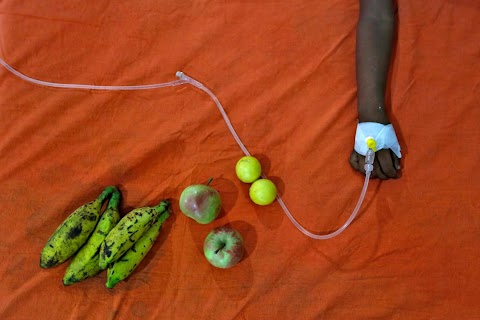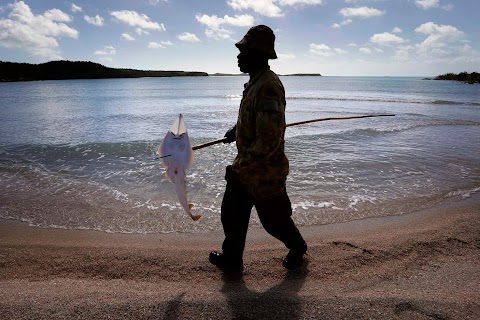
Bush tucker and border control
Lance-corporal Vinnie Rami is an indigenous soldier from Australia's North West Mobile Force (NORFORCE) - an army surveillance unit that makes use of ancient Aboriginal skills as it helps patrol the country's vast northwest coast.
Aboriginal reservists make up a large proportion of the regiment, and contribute their knowledge of the land and the food it can provide while out on duty.


Story
Bush tucker on the menu with Australian border patrol unit
A group of soldiers start to unload from two inflatable boats after a long, bumpy night-time journey off Australia's northern coast, torches scanning the shoreline for the telltale red eye reflections of saltwater crocodiles.
A splash and a cry of "Croc!" sends two men scrambling back into the boats before a large ray reveals itself as the cause of the scare.
The soldiers are from Australia's North West Mobile Force, known as NORFORCE, a surveillance unit that employs ancient Aboriginal skills to help in the seemingly impossible task of patrolling the country's vast northwest coast.
Border security has become a contentious issue ahead of an Australian general election due this year.
The number of asylum seekers arriving by boat has surged to about 30,000 in the past 18 months, nearly matching the total number of arrivals over the previous 35 years.
Last week, the opposition called for a much greater role for the military in responding to the influx following the introduction of a tough government plan to send all asylum seekers arriving by boat to neighbouring Papua New Guinea.
Maintaining the borders of the world's largest island is far from easy.
NORFORCE's area of operations is about 1.8 million square km (700,000 square miles), which is almost as big as Mexico. It covers the Northern Territory and the north of Western Australia, home to some of the planet's most dangerous wildlife.
After breaking camp the next morning, the unit finds the fresh tracks of a saltwater crocodile, or saltie, estimated at 3 metres (10 feet) long, not far from their night-time landing site.
LIVING OFF THE LAND
In addition to the salties, the Top End of Australia has all manner of deadly snakes, spiders, jellyfish and sharks, as well as searing heat and monsoon rains that bring flash floods.
But it is also full of edible plants and animals, a veritable smorgasbord of Australian "bush tucker", if you know where to find it.
"Most other army units work on resupply," says Captain Dusty Miller, a Vietnam War veteran who is leading the six-man patrol near Arnhem Land, about 600 km (370 miles) east of Darwin.
"We can go to very remote locations where resupply is very hard so we have to live off the land. With all our combined skills and our young indigenous soldiers, we manage to survive."
Aboriginal reservists make up almost half of the 600-strong NORFORCE, and bring their knowledge of the land and the food it can provide, handed down through the generations over 40,000 years or more.
Fish, shellfish, turtle eggs and even insects supplement rations during the patrol, which is on the lookout for illegal foreign fishing vessels and drug smugglers, as well as people smugglers from neighbouring Indonesia.
Australian authorities picked up nearly 200 boats carrying suspected asylum-seekers in the first six months of the year.
Most boats ply a route from Indonesia's Java island south to Christmas Island, an Australian territory in the Indian Ocean.
But last week, an Australian navy ship picked up a boat carrying about 100 suspected asylum seekers near the Ashmore Islands, between Australia's northwest coast and the eastern Indonesian island of Rote.
For the NORFORCE men, maintaining their bush craft skills is almost as important as maintaining border security.
"My father used to be in NORFORCE when I was a boy, and I wanted to protect my country and my people," Lance Corporal Vinnie Rami said of his decision to join the unit.
"People from different communities come together in NORFORCE. We share our knowledge, things we learnt from our elders."
(Writing by Lincoln Feast; Editing by Robert Birsel)





















